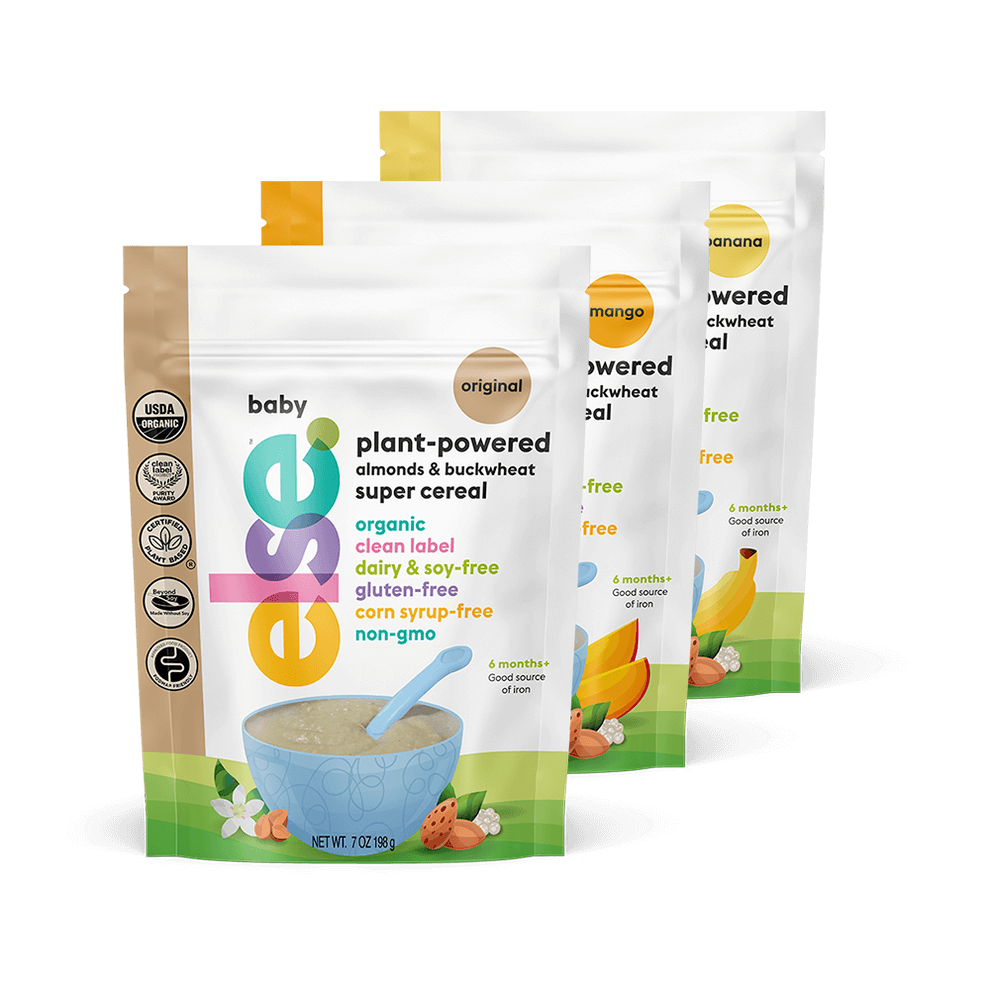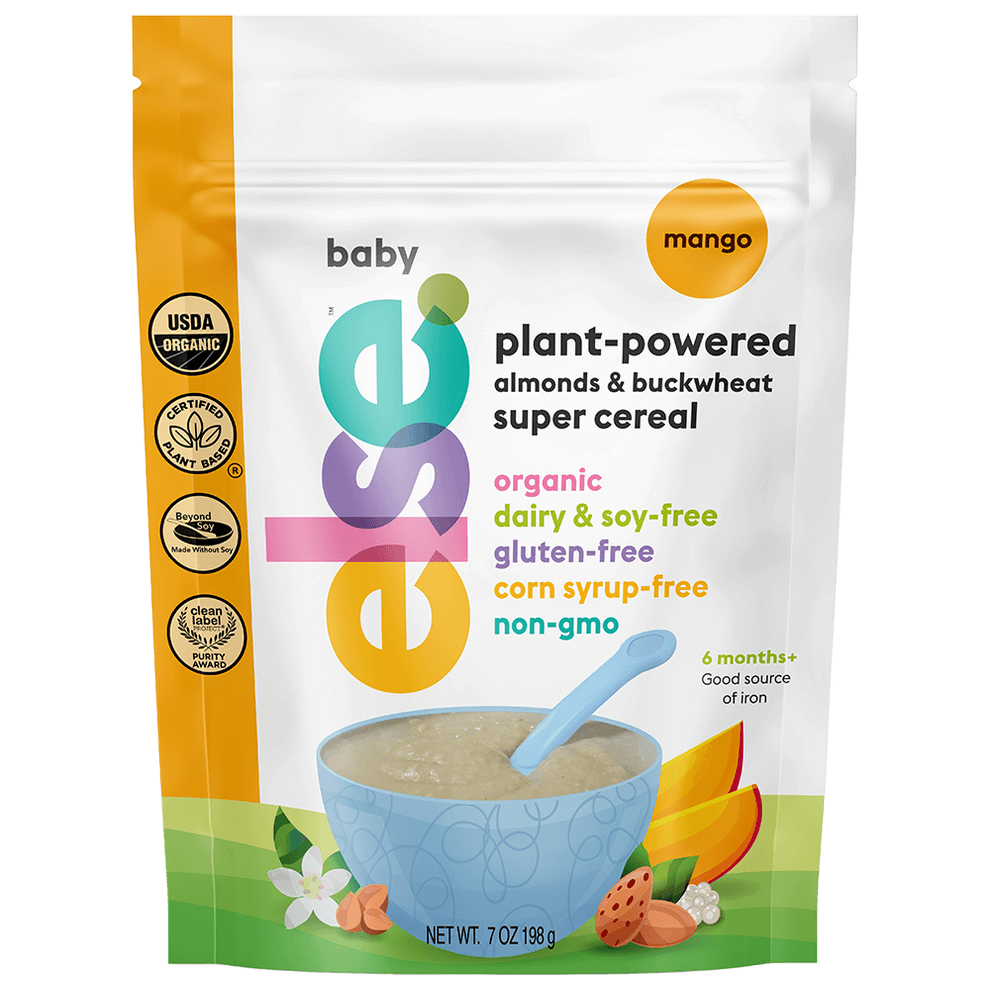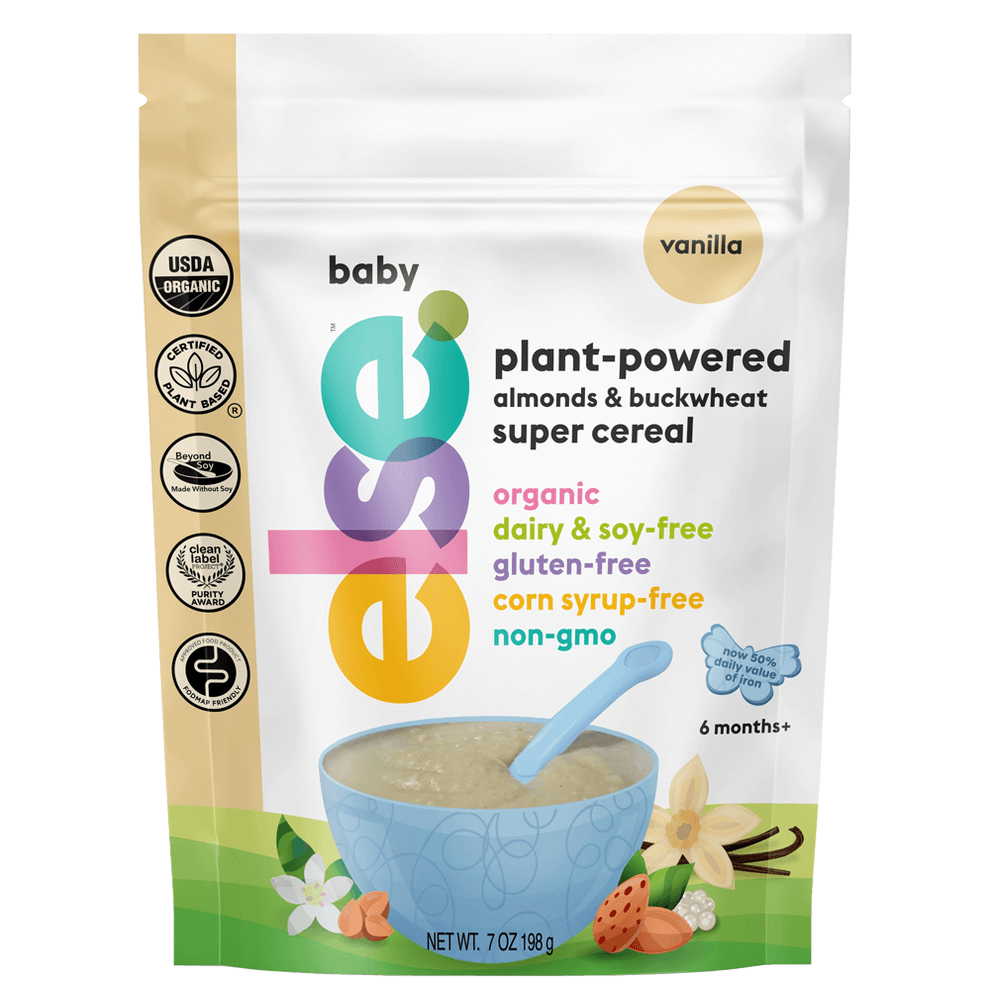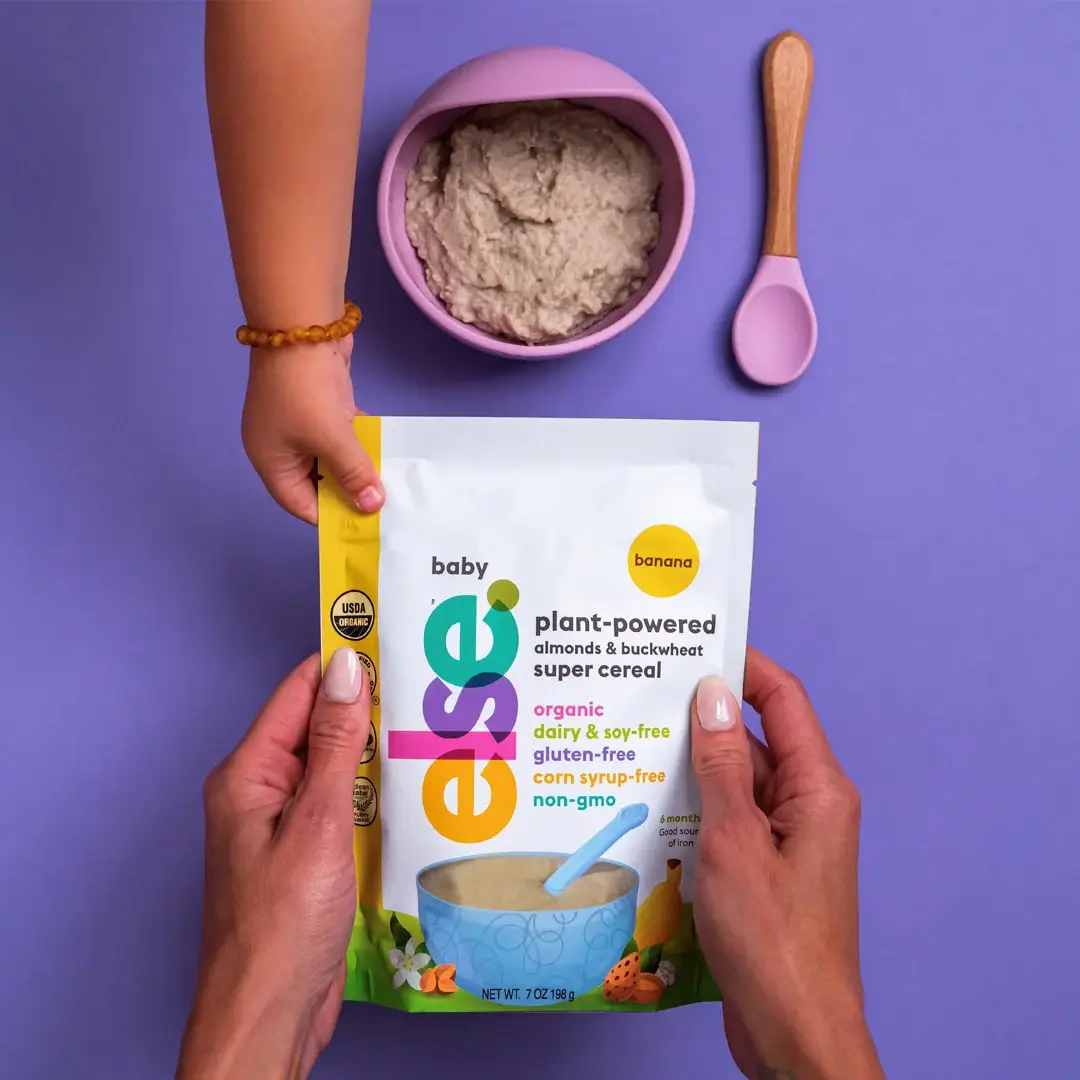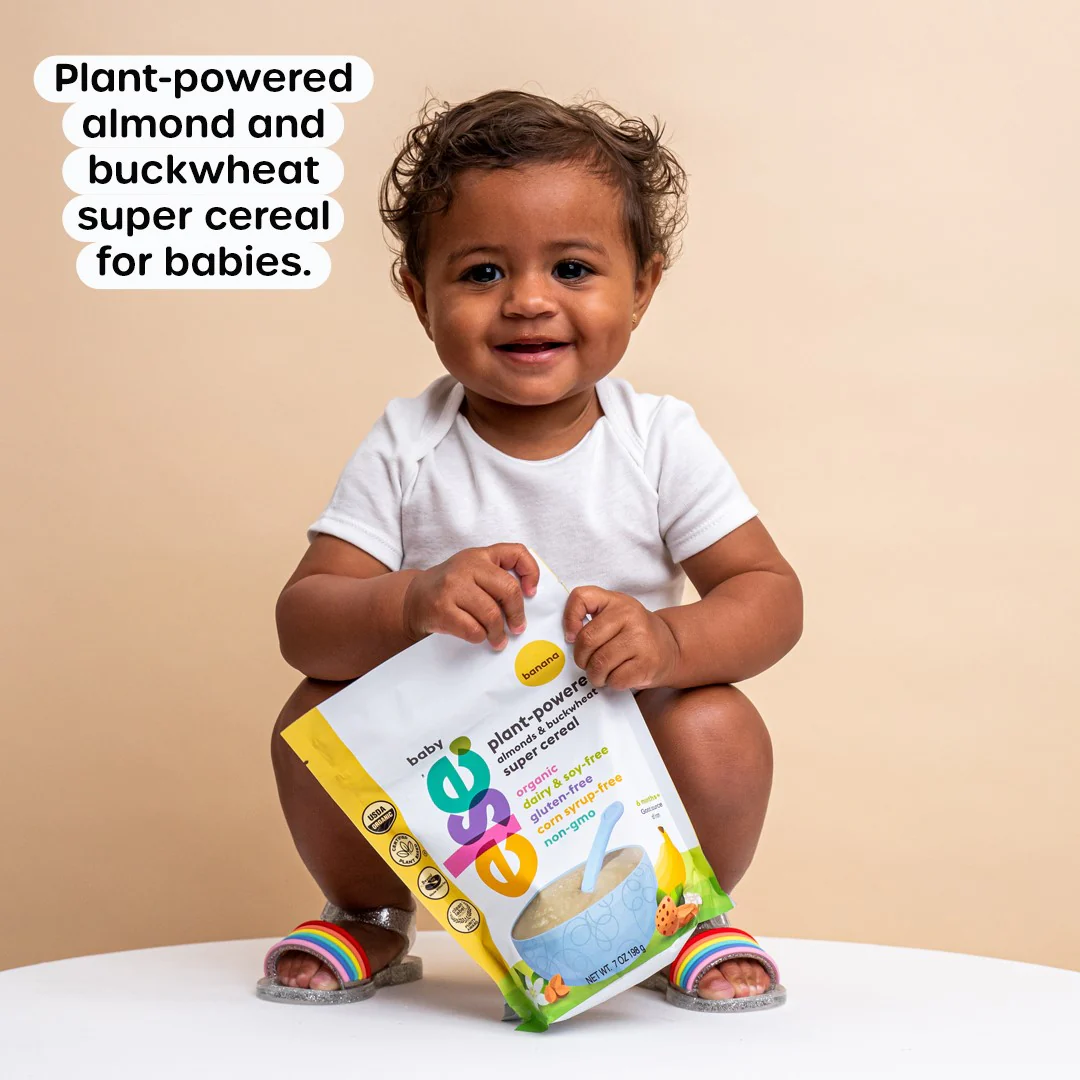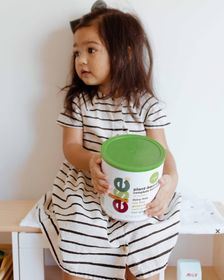Is Your Baby Completely Refusing A Bottle? Causes and How to Help
Published May 27, 2024
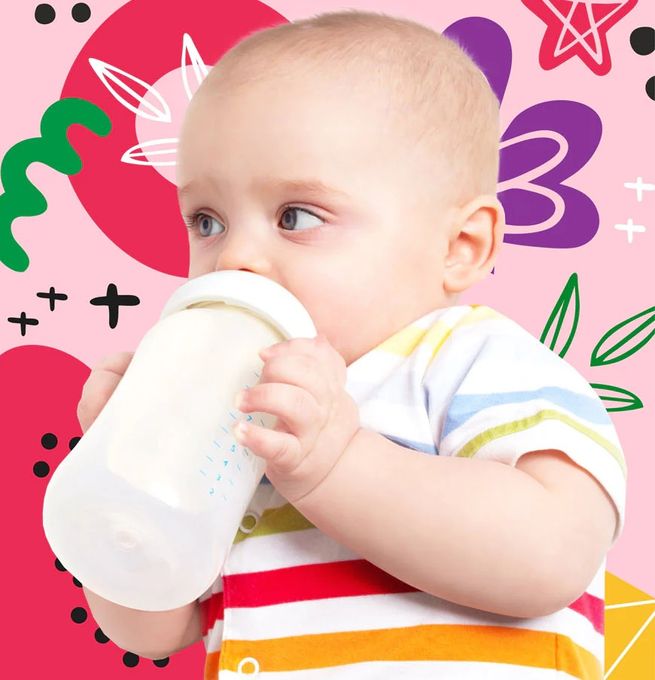
When your baby completely refusing bottle, it can turn feeding time into a dilemma. You’re likely seeking reasons for this refusal and effective solutions to encourage bottle acceptance. This guide delves into the core of the issue, presenting clear explanations and actionable tactics you can apply today. Whether it’s adapting the bottle-feeding environment or exploring alternative methods, we’ve got you covered.
Key Takeaways
Bottle refusal in breastfed babies is common and can stem from a variety of physical, psychological, and biological reasons, and recognizing the signs of refusal is key for parents to address the issue.
Tailoring the bottle-feeding experience is crucial, involving choosing the right bottle, mimicking breastfeeding conditions with nipple flow and milk temperature, and creating a calm feeding environment.
When traditional bottle-feeding fails, alternatives such as cup feeding, spoon-feeding, or introducing solid foods can provide the necessary nutrition, while experts can help with persistent feeding issues.
Understanding Complete Bottle Refusal
Have you ever wondered why some breastfed babies refuse the bottle with the tenacity of a tiny titan? You’re not alone. Bottle refusal in breastfed babies is a real conundrum, affecting a staggering 61% of little ones at some point. Some infants exhibit a clear preference for their mother’s presence, shunning the bottle as if it were a foreign intruder. This can leave you, the parent, feeling both puzzled and helpless. But rest assured, the reasons behind this behavior are as varied as the babies themselves, involving a delicate interplay of physical, psychological, and biological factors.
This widespread issue has parents globally seeking advice and solutions. Baby’s bottle refusal, also known as refusing the bottle, is not just about a baby being picky; it’s a complex challenge where a child may continuously or initially rebuff attempts to bottle feed. Grasping the roots of this behavior paves the way for effective solutions, which is our primary aim. We begin by identifying the unmistakable signs of bottle refusal:
Turning head away from the bottle
Pushing the bottle away with hands or arms
Crying or fussing when offered the bottle
Arching the back or stiffening the body when placed in a feeding position
By recognizing these signs, parents can better understand and address bottle refusal in their child.
Identifying Signs of Bottle Refusal
When it comes to bottle refusal, the signs can be as clear as day or as subtle as a whisper. You might notice your baby refuses by turning their head away or presenting stress signals like furrowed brows or widened eyes when the bottle comes into view. These physical indicators are your baby’s way of saying, “No, thank you.” And it’s crucial for you, as a parent, to recognize these signs early on to address any potential feeding issues.
But the clues don’t stop there. Behaviorally, your little one might fall asleep as if by magic the moment the bottle is offered, or they may cry inconsolably, unable to communicate their discomfort in any other way. It’s like a mysterious puzzle where each baby has their own unique piece. Recognizing these signs marks the initial stage in understanding bottle refusal and striving towards achieving bottle acceptance.
Exploring the Reasons Behind Refusal
So, you’ve spotted the signs, but what’s the next move? Understanding why babies refuse the bottle is akin to being a detective in the world of infant feeding. A gradual introduction of the bottle while still breastfeeding can help ease your baby into accepting this new method. The goal isn’t merely to replace breast with bottle but to ensure a seamless transition.
The flow rate of the bottle nipple also plays a critical role. Too fast, and your baby might feel overwhelmed; too slow, and frustration could set in. Harmonizing the flow with your baby’s natural rhythm paves the way for a triumphant transition from breast to bottle. Sometimes, it’s these small tweaks that make the biggest difference in exploring bottle refusal.
When Medical Concerns Play a Role
But what if there’s more to the story? Sometimes, medical concerns can be the unseen hand behind bottle refusal. If your baby isn’t transferring milk effectively, shows signs of dehydration, or has prolonged separation from breastfeeding without accepting milk, it’s time to seek medical attention. These are red flags that should not be ignored.
Prematurity, neuromuscular impairments, or even simple issues like a tongue-tie can make bottle-feeding a mountainous task. In such cases, pediatric feeding therapists or lactation consultants can offer specialized therapies to address these feeding disorders, helping to strengthen your baby’s mouth muscles and manage any aversions to textures. When feeding turns into a battle, seeking help from healthcare experts is paramount as they possess the necessary skills and support to guide you through these challenges.
Tailoring the Bottle-Feeding Experience
Next, we change our focus and customize the bottle-feeding journey according to your baby’s distinct needs. Just as every artist has a preferred set of brushes, every baby has their particular inclinations when it comes to feeding. Consulting with experts about bottle refusal often involves a deep dive into the diverse world of nipple types and feeding positions. By mimicking the comfort and familiarity of breastfeeding — from the warmth of the milk to the snugness of the environment — we can create a soothing oasis for our little ones.
This personalized approach can be a game-changer. Whether it’s experimenting with different bottles designed to mimic the human nipple or finding the perfect feeding position that makes your baby feel secure, the goal is to align the bottle-feeding experience with what they’ve come to love about breastfeeding. Now, let’s investigate the selection of the appropriate bottle and nipple that can pave the way for successful feeding.
Choosing the Right Bottle and Nipple
Finding the right baby’s bottle and nipple might just be the key to unlocking your baby’s bottle acceptance. Some babies prefer a long, straight nipple that closely resembles the breastfeeding experience, while others may fare better with a slow flow that gives them control over their intake. The color of the nipple, believe it or not, might also play a role — a brown nipple might look more familiar to your baby.
But it’s not just about looks; the flow rate is crucial, too. If the milk flow is too speedy or your baby can’t control their intake, they may turn away from the bottle altogether. And remember, there’s no one-size-fits-all solution here; what works for one baby might not work for another. The key lies in keenly observing your baby’s signals and feeding efficiency to decide the right time to alter nipple levels or switch to a different bottle.
Adjusting Milk Temperature and Taste
Just as Goldilocks sought the perfect temperature for her porridge, so must we find the ideal warmth for our baby’s milk. The goal? To mirror the natural conditions of breastfeeding, ensuring the milk is close to body temperature for a familiar and comforting experience. A simple test of a few drops on your wrist will tell you if you’ve hit the sweet spot.
The taste of the milk is another piece of the puzzle. Freshly expressed breastmilk has a natural flavor that may be more appealing to your baby than milk that’s been refrigerated or frozen. If your little one is sensitive to these subtle taste changes, consider a gradual mix of fresh and stored milk to help them adapt without a fuss.
Creating a Comfortable Feeding Environment
Imagine creating a sanctuary of serenity for your baby’s bottle-feeding sessions. A tranquil atmosphere not only mirrors the closeness of breastfeeding but also encourages your baby to let down their guard and embrace the bottle. Wrapping the bottle in a garment that carries the mother’s scent can provide that extra layer of comfort and familiarity.
In this peaceful space, your baby can focus on feeding without distractions, paving the way for a more positive bottle-feeding experience. Whether it’s finding the perfect upright position or incorporating gentle movements, the goal is to create a setting that feels as safe and nurturing as a mother’s embrace.
Alternative Feeding Methods
Sometimes, despite our best efforts, the bottle remains the nemesis. When traditional bottle-feeding just isn’t working out, it’s time to think outside of the bottle. Alternative feeding methods like cup feeding, spoon-feeding expressed milk, and introducing solid foods come into play, ensuring your baby still receives the nutrition they need.
From droppers and oral syringes to teaspoons and nursing supplementers, the options are many and varied. It’s like having a toolbox filled with different gadgets, each one ready to step in when the bottle says, “No can do.” Let’s delve into the particulars of cup feeding and sippy cups, and how these methods can be beneficial alternatives.
Cup Feeding and Sippy Cups
Cup feeding isn’t just for older babies; even newborns, including those born prematurely, can sip from a cup with the right support and positioning. Picture your baby sitting upright, lapping up milk from the rim of a cup like a little kitten — it’s not only adorable but also an effective way to bypass the bottle.
For infants who are past the newborn stage, a sippy cup might just be the ticket to a smooth transition. It’s all about finding that sweet spot where your baby feels comfortable and in control, whether that’s with a special cup designed for the purpose or a regular one as they grow older. And you might be surprised to know that the average time per feed between cup feeding and bottle feeding isn’t all that different.
Spoon-Feeding Expressed Breastmilk
For the tiniest of tots, spoon-feeding can be a gentle and effective alternative. It allows you to offer small quantities of that liquid gold — expressed breast milk — using nothing more than a simple teaspoon. This method shines for newborns and very young infants, especially for a breastfed baby initially, who might not be ready or willing to take on the bottle or infant formula.
It’s a patient and tender process that involves feeding your baby drop by drop, ensuring they’re still getting the nutrition they need in a way that respects their current preferences and needs. Think of it as an intimate dance between parent and child, where every spoonful is a step towards nourishment and comfort.
Supplementing with Solid Foods
As your baby approaches the half-year mark, the culinary landscape expands. Around 6 months old, the introduction of solid foods can play a supporting role in your baby’s diet, offering a new frontier for those who aren’t too keen on the bottle.
This isn’t just about diversifying the menu; it’s a strategic move to ensure your baby continues to receive a balanced intake of nutrients while also exploring new textures and flavors. It’s an exciting time for you and your baby — a time of discovery and growth that goes hand in hand with their ongoing milk intake.
Addressing Emotional Factors
When it comes to bottle feeding, it’s not just about the mechanics; the emotional landscape plays a huge role. For breastfed babies, the bottle may feel like a stranger, especially when they’ve formed such a strong bond with their mother during feeding times. By alternating feedings between the mother and another caregiver, you can help your baby learn that nourishment isn’t just about mom, but about feeling cared for and secure, no matter who’s holding the bottle.
Creating a nurturing environment during bottle feeds can foster positive associations and help alleviate resistance. And when emotions run high, remember that persistence and empathy are your best allies. Viewing the situation through your baby’s eyes can help you understand their hesitations and work through them with patience and love.
The Baby's Personality and Feeding Preferences
Your baby’s personality is as unique as a fingerprint, influencing their feeding preferences and behaviors. Some babies are vigorous nursers, while others might be more relaxed or easily excited — all of which can affect their willingness to switch from breast to bottle. Understanding your baby’s mouth and their unique feeding habits can help make this transition smoother for both of you.
Getting to know your baby’s cues and understanding their individual personality is essential for a positive feeding experience. It’s about tailoring your approach to fit their unique temperament, ensuring that each feeding session is as much about nourishment as it is about comfort and connection.
Parental Stress and Its Impact on Feeding
Parenting is a journey that’s as demanding as it is rewarding, and stress can sometimes slip into the feeding process. Babies are intuitive creatures, and they can sense when their parents are anxious, which can, in turn, affect their feeding habits. This disruption in bonding and feeding behavior can have a ripple effect on their overall development.
To counter this, identifying your stressors and engaging in stress-reducing activities like walking or yoga can lead to more harmonious breastfeeding experiences. These moments of self-care can not only help you manage stress but also support a stronger, more positive connection with your baby during feedings.
Bonding Without the Breast
Breastfeeding is often synonymous with bonding, but it’s not the only way to forge that deep connection with your breastfeeding baby. Responsive caregiving, such as:
attending to your baby’s cries
keeping them close lays the foundation for a secure attachment that goes beyond the breast. Simple acts like:
skin-to-skin contact
rocking can be just as comforting and serve to strengthen the bond with your baby.
In addition, engaging in activities that promote physical closeness and emotional security, like bathing, babywearing, and tummy time, can nurture the parent-child relationship without involving breastfeeding. These shared experiences are invaluable, creating memories and a sense of trust that will last a lifetime.
When to Consult a Professional
At times, the challenge of bottle refusal can transcend typical feeding issues, signaling the need for professional insight. If you’re concerned about your child’s feeding behaviors, it’s wise to schedule a feeding evaluation with a pediatrician to identify any underlying feeding disorders. During this evaluation, the pediatrician will observe your child’s motor skills and interactions with food, potentially providing clarity and direction for your next steps.
Identifying the right time to ask for professional help is vital for your baby’s health and well-being. Let’s analyze the signs that suggest ongoing feeding problems and the significance of securing appropriate support to handle them.
Recognizing Persistent Feeding Issues
Feeding time should be a joy, not a cause for concern. But when red flags such as poor appetite, fever, lethargy, and irregular stools appear, it’s a signal that bottle refusal may be part of a larger issue. Beyond the typical fussiness, symptoms like persistent crying and vomiting could indicate an underlying illness or serious feeding problem.
When a baby exhibits a lack of weight gain, distress during feeding, or difficulty breathing while eating, these are markers that professional assessment is essential. Similarly, if you notice projectile vomiting or a failure to regain birth weight within 2 weeks, don’t hesitate to seek help. It’s better to err on the side of caution when it comes to your baby’s nutrition and growth.
Finding the Right Support
Navigating the world of feeding issues calls for the right allies in your corner. Choosing healthcare professionals knowledgeable in child nutrition and feeding problems is a crucial step towards a resolution. Lactation consultants, for example, can offer invaluable support and have a positive impact on the duration and success of breastfeeding.
Your pediatrician is another vital resource, especially if they have a background in pediatric feeding disorders. They can provide a diagnosis and recommend treatment options tailored to your baby’s specific needs. Remember, the right support can make all the difference in your child’s feeding journey.
Preparing for the Consultation
Walking into a consultation with a healthcare provider can be daunting, but preparation is key. Here are some things you can do to prepare:
Keep a detailed feeding diary that includes times, amounts, and your baby’s behavior during feedings to give your healthcare provider a clear picture of the situation.
Bring a list of any medications your baby is taking.
Bring a summary of any medical issues, especially those related to feeding or digestion.
By being prepared, you can make the most out of your consultation and ensure that your healthcare provider has all the necessary information to help you and your baby.
Make note of the times when your baby seems more receptive to feeding and any dislikes they may have. Prepare a list of questions you have for your healthcare provider, so you can leave the consultation with a solid plan of action and peace of mind. With the right preparation, you can ensure that the consultation is as productive and informative as possible.
Summary
We’ve embarked on a journey through the twists and turns of bottle refusal, exploring the signs, causes, and solutions to this common but perplexing issue. From understanding your baby’s unique needs to creating a comfortable feeding environment and finding the right support, we’ve covered the gamut of strategies to ease the bottle-feeding process. Remember, each baby is unique, and what works for one may not work for another. Stay patient, stay observant, and above all, stay loving. With time and persistence, you and your baby can overcome the bottle-feeding hurdle and continue to thrive together.
Frequently Asked Questions
At what age can I start introducing a bottle to my breastfed baby?
You can start introducing a bottle to your breastfed baby around 3-4 weeks old, once breastfeeding is well established. It's important to introduce the bottle gradually to prevent nipple confusion and allow your baby to adjust to the new feeding method.
What should I do if my baby refuses the bottle from me but takes it from others?
Have someone else offer the bottle to your baby when you're not in the room. This can help your baby separate feeding from being close to you and learn to take the bottle.
Can I switch back to breastfeeding after my baby has accepted the bottle?
Yes, you can switch back to breastfeeding even after your baby has accepted the bottle. Just pay attention to your baby's cues and be flexible with your approach to support both bottle and breastfeeding as needed.
How do I know if my baby's bottle refusal is due to a medical issue?
If your baby is showing signs of distress during feedings, difficulty breathing while eating, or dehydration, it's best to consult a healthcare professional to rule out any medical concerns. Take action if you notice these signs, such as seeking advice from a healthcare professional.
When should I start introducing solid foods if my baby refuses the bottle?
You can start introducing solid foods around 6 months of age to complement milk intake. It's important to consult with your pediatrician to ensure your baby is ready for solids and to discuss the best approach.
The content and advice provided in this article is for informational purposes only and is not a substitute for medical diagnosis, treatment, advice for specific medical conditions. Always consult a pediatrician to understand the individual needs of your child. The article expresses the views of the brand editor.





